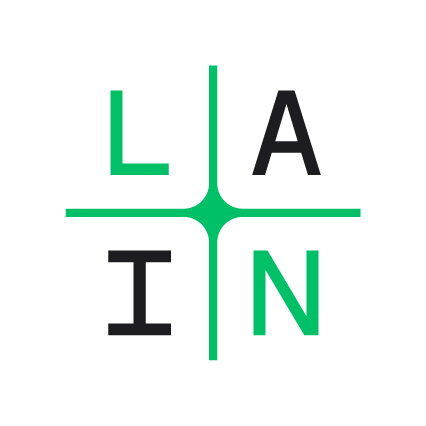London’s new Architecture + Urbanism Framework has EDI at its core
LAIN’s procurement working group aims to use our collective purchasing power to boost the local economy and bring maximum benefits to Londoners. In this blog, Rae Whittlow-Williams, Principal Project Officer for Regeneration at Greater London Authority (GLA) , explains why improving the built environment procurement pathway is helping to build more cohesive cities.
The Mayor of London’s Architecture + Urbanism (A+U) Framework launched this year providing a diverse, pre-approved panel of built environment consultants, making it quicker and easier for public sector organisations like councils and housing associations to commission high quality expertise for a range of built environment projects. It also supports LAIN’s key focus to drive responsible procurement through the creation of databases that champion diverse-owned businesses to market procurement opportunities to.
The Greater London Authority (GLA) and Transport for London (TfL) have now been procuring a joint design-led built environment framework for 10 years.
It needed to change
We recognised that the built environment can exclude certain groups and create inequalities if it is not designed in an inclusive way, which means that the way we design and who is involved in that process is vital to creating an inclusive city for all Londoners. But, diversity in the architecture sector has been historically poor. This had to change, so born out of the need to improve equality, diversity and inclusion in built environment procurement, the new A+U Framework is a crucial solution to this challenge.
We set an ambitious strategic objective to address the under representation of women and people from minority groups in public procurement processes, and promote equality of opportunity in access to public sector work.
Introducing the Supplier Diversity Action Plan
In collaboration with our TfL procurement colleagues we were able to strip away unnecessary perceived procurement barriers that would typically prevent smaller and more diverse suppliers from bidding, and developed a progressive and multifaceted ten step ‘Supplier Diversity Action Plan’ which was embedded into the procurement strategy.
The action plan focussed on:
Improving engagement and communications to ensure we were publicising the framework opportunity to diverse networks;
Identifying specific levers to open access and create opportunities;
Developing a rigorous qualitative assessment process that embedded social value, equality diversity inclusion (EDI) and sustainability measures as mandatory requirements.
Successes
58% of places on the final framework are now held by diverse-led businesses,
31% of places held by female led businesses,
31% held by businesses led by people from global majority groups,
47% of suppliers on the framework are new to GLA/ TfL frameworks,
56% of call off contracts to date have been awarded to diverse led businesses.
Diversifying built environment procurement requires resources and teeth
Procurement has the potential to be one of the greatest tools for achieving change and better social impact in the built environment, so we must continue to take progressive steps to make sure future frameworks become even more representative of London’s diverse population.
Diversifying built environment procurement is a process that requires ‘resources and teeth’; an ambitious target and tangible actions, coupled with a dogged determination to get the job done, not to mention a considerable amount of time and resource. But the results speak for themselves; a proactive and vigorous approach to social value and EDI in built environment projects has been shown to deliver immediate, tangible benefits – including more efficient consensus building, faster planning applications, improved design quality, greater user satisfaction and successful, integrated communities.
You can read more about how to embed this within the procurement of your own projects by reading our Good Growth by Design process note: ‘Maximising Social Value & EDI’.

